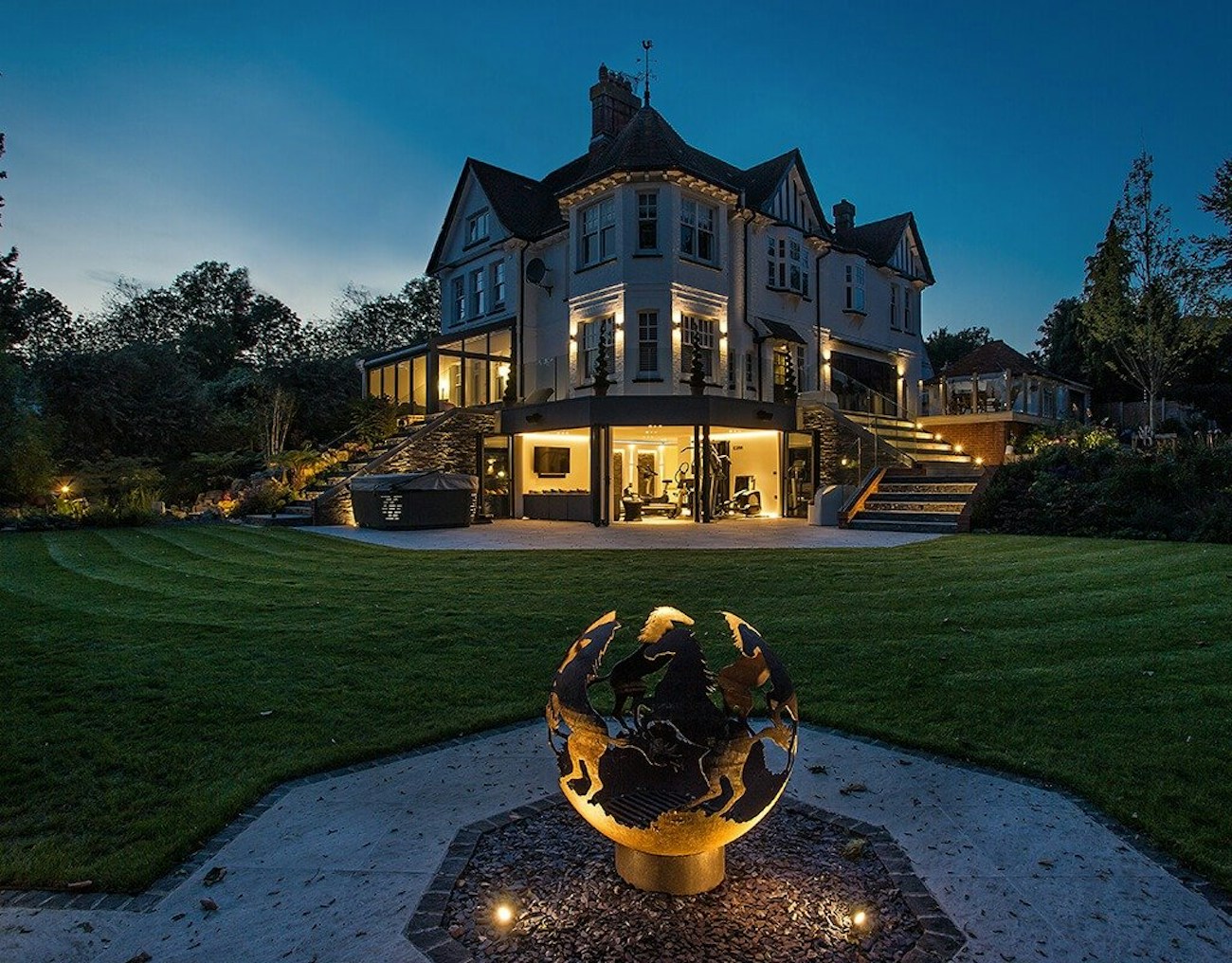When it comes to the safety and security of your home, how you tackle the exterior is just as important as the interior, if not more. Not only must you ensure there is enough light for people to safely navigate outside in the dark, but consider the effects on wildlife as well as the deterrence of any criminal interest too.
In this blog, we explore landscape lighting design tips that focus on safety and security so that you can achieve a well-balanced lighting solution for your property.
1. Highlight the entryways & potential trip hazards
This one’s fairly obvious, but definitely worth a mention. Start your landscape lighting with entryways such as your front door, back door, side door, gate, and garage door. These are your home’s weak points and where you’re able to prevent incidents easily with sufficient lighting.
As well, think about any potential trip hazards away from the entrances to your home.
Do you have any garden features that become hard to see in the dark? Or perhaps some raised wooden decking with a flight of stairs? Whatever it may be, locate your trip hazards and make sure they’re easy enough to see.
2. Avoid light pollution
On the subject of safety, it’s not only us humans we need to be aware of. Lights in your garden can create light pollution that adversely affects nocturnal animals, therefore local wildlife must be a consideration.
Many animals rely on darkness as part of their habitat and behaviours, meaning some artificial lighting can disrupt their natural cycle.
The good news is, there are various steps that can be taken to ensure your landscape lighting is wildlife friendly. By using fixtures that cast light downwards, emit a low colour temperature, and are designed to reduce glare, you’ll create a lighting scheme that keeps both your human and animal guests happy.



